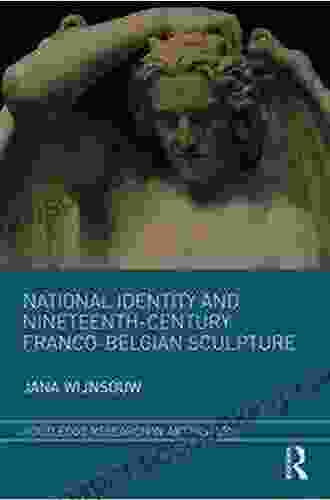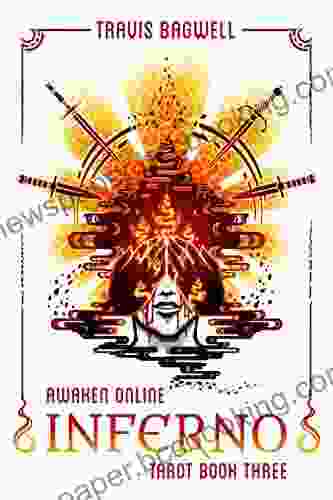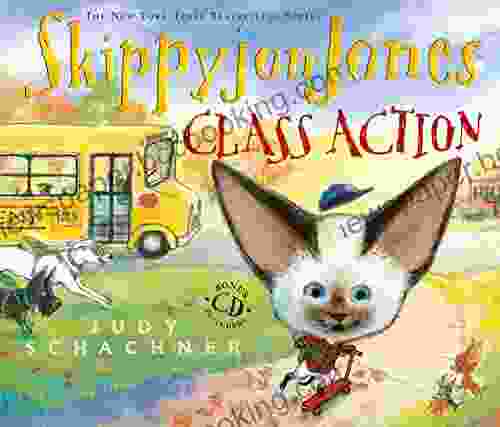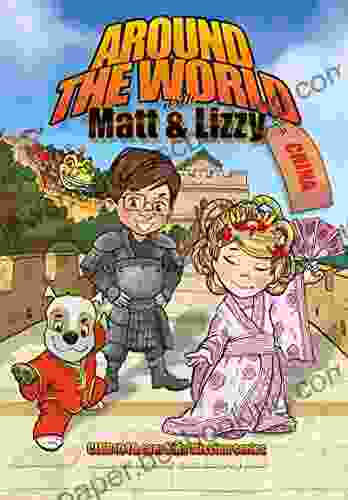National Identity and Nineteenth-Century Franco-Belgian Sculpture

4.5 out of 5
| Language | : | English |
| File size | : | 6529 KB |
| Text-to-Speech | : | Enabled |
| Screen Reader | : | Supported |
| Enhanced typesetting | : | Enabled |
| Print length | : | 282 pages |
This book examines the role of sculpture in the construction of national identity in France and Belgium during the 19th century. It explores how sculptors used their work to express their nation's unique character and history, and how their sculptures were used to promote national unity and pride.
The Role of Sculpture in National Identity
Sculpture has played a central role in the construction of national identity throughout history. Sculptures can be used to commemorate important events, celebrate national heroes, and symbolize the values of a nation. In the 19th century, sculpture was particularly important for France and Belgium, two nations that were struggling to define their national identities after the French Revolution and the Belgian Revolution, respectively.
In France, sculpture was used to promote the values of the new republic, such as liberty, equality, and fraternity. Sculptors such as Jean-Antoine Houdon and François Rude created sculptures that celebrated the heroes of the Revolution and the achievements of the French nation. In Belgium, sculpture was used to promote the country's unique cultural heritage and its struggle for independence from France. Sculptors such as Constantin Meunier and Charles Van der Stappen created sculptures that depicted the lives of ordinary Belgians and the country's rich history.
The Use of Sculpture to Promote National Unity and Pride
Sculpture was also used to promote national unity and pride in France and Belgium. Sculptures were placed in public spaces, such as squares and parks, where they could be seen by all citizens. These sculptures served as a reminder of the nation's shared history and values, and they helped to create a sense of community and belonging.
In France, sculpture was used to promote the unity of the nation after the French Revolution. Sculptors such as Pierre-Jean David d'Angers created sculptures that depicted the people of France as a united and harmonious group. In Belgium, sculpture was used to promote the country's pride and independence after the Belgian Revolution. Sculptors such as Guillaume Geefs created sculptures that depicted the Belgian people as a strong and independent nation.
The Impact of Sculpture on National Identity
The sculpture of the 19th century had a profound impact on the national identity of France and Belgium. These sculptures helped to define the character of each nation, and they promoted national unity and pride. The sculptures of the 19th century are still an important part of the cultural heritage of both countries, and they continue to inspire and educate people today.
This book provides a comprehensive overview of the role of sculpture in the construction of national identity in France and Belgium during the 19th century. It explores how sculptors used their work to express their nation's unique character and history, and how their sculptures were used to promote national unity and pride. This book is an essential resource for scholars of art history, national identity, and 19th-century France and Belgium.
**Alt attributes:**
* **Homepage banner:** A group of people standing around a large statue of a woman holding a torch. * **Book cover:** A close-up of a sculpture of a man on horseback. * **Interior image 1:** A statue of a woman holding a child. * **Interior image 2:** A group of people looking at a sculpture of a man in a suit. * **Interior image 3:** A close-up of a sculpture of a woman's face.
4.5 out of 5
| Language | : | English |
| File size | : | 6529 KB |
| Text-to-Speech | : | Enabled |
| Screen Reader | : | Supported |
| Enhanced typesetting | : | Enabled |
| Print length | : | 282 pages |
Do you want to contribute by writing guest posts on this blog?
Please contact us and send us a resume of previous articles that you have written.
 Book
Book Novel
Novel Page
Page Chapter
Chapter Text
Text Story
Story Genre
Genre Reader
Reader Library
Library Paperback
Paperback E-book
E-book Magazine
Magazine Newspaper
Newspaper Paragraph
Paragraph Sentence
Sentence Bookmark
Bookmark Shelf
Shelf Glossary
Glossary Bibliography
Bibliography Foreword
Foreword Preface
Preface Synopsis
Synopsis Annotation
Annotation Footnote
Footnote Manuscript
Manuscript Scroll
Scroll Codex
Codex Tome
Tome Bestseller
Bestseller Classics
Classics Library card
Library card Narrative
Narrative Biography
Biography Autobiography
Autobiography Memoir
Memoir Reference
Reference Encyclopedia
Encyclopedia Judith Levin
Judith Levin K M Weiland
K M Weiland Julia T Wood
Julia T Wood Peter O Mahoney
Peter O Mahoney National Fire Protection Association
National Fire Protection Association Zohara Hirji
Zohara Hirji Larry Kay
Larry Kay Kailyn Lowry
Kailyn Lowry Ron Wiggins
Ron Wiggins Kassandra Lamb
Kassandra Lamb Natsuo
Natsuo Scholastique Mukasonga
Scholastique Mukasonga Karl Jacoby
Karl Jacoby Kate Bowler
Kate Bowler Kailash Limbu
Kailash Limbu Kate Mcvaugh
Kate Mcvaugh Karl Knopf
Karl Knopf Julie K Rubini
Julie K Rubini Kate Cunningham
Kate Cunningham Karsten Heuer
Karsten Heuer
Light bulbAdvertise smarter! Our strategic ad space ensures maximum exposure. Reserve your spot today!
 Dwayne MitchellFollow ·8.8k
Dwayne MitchellFollow ·8.8k Diego BlairFollow ·9.7k
Diego BlairFollow ·9.7k Max TurnerFollow ·6.4k
Max TurnerFollow ·6.4k Gary ReedFollow ·15.2k
Gary ReedFollow ·15.2k Keith CoxFollow ·17.8k
Keith CoxFollow ·17.8k Eric NelsonFollow ·15.2k
Eric NelsonFollow ·15.2k Devon MitchellFollow ·13.3k
Devon MitchellFollow ·13.3k Kelly BlairFollow ·6.4k
Kelly BlairFollow ·6.4k
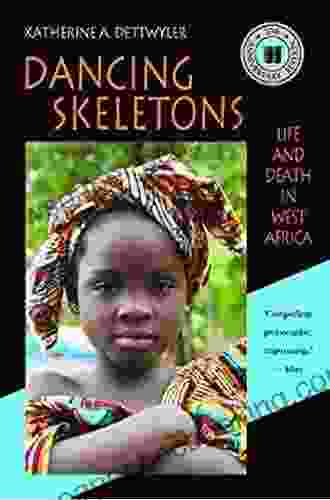
 Drew Bell
Drew BellLife and Death in West Africa: A Groundbreaking Account...
A Journey Through...
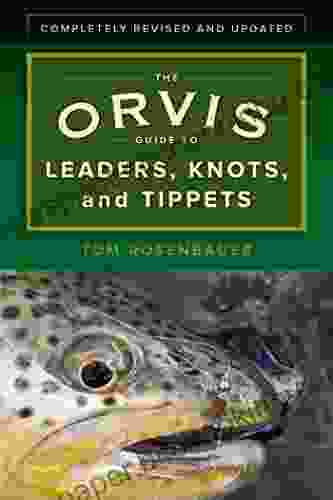
 Stanley Bell
Stanley BellMaster the Art of Fly Fishing Line Management: A...
Are you an avid fly...

 Ernest Powell
Ernest PowellUnleash Your Entrepreneurial Spirit: A Comprehensive...
In the competitive...

 Derrick Hughes
Derrick HughesMaster Your Ride: The Ultimate Guide to Road Bike...
Are you ready to elevate your cycling...

 Camden Mitchell
Camden MitchellUnveiling the Enchanting World of American Royals III:...
Embark on a Captivating Royal Saga: American...

 Richard Simmons
Richard SimmonsUnveiling the Secrets of Fly Tying: A Comprehensive...
In the realm of...
4.5 out of 5
| Language | : | English |
| File size | : | 6529 KB |
| Text-to-Speech | : | Enabled |
| Screen Reader | : | Supported |
| Enhanced typesetting | : | Enabled |
| Print length | : | 282 pages |


